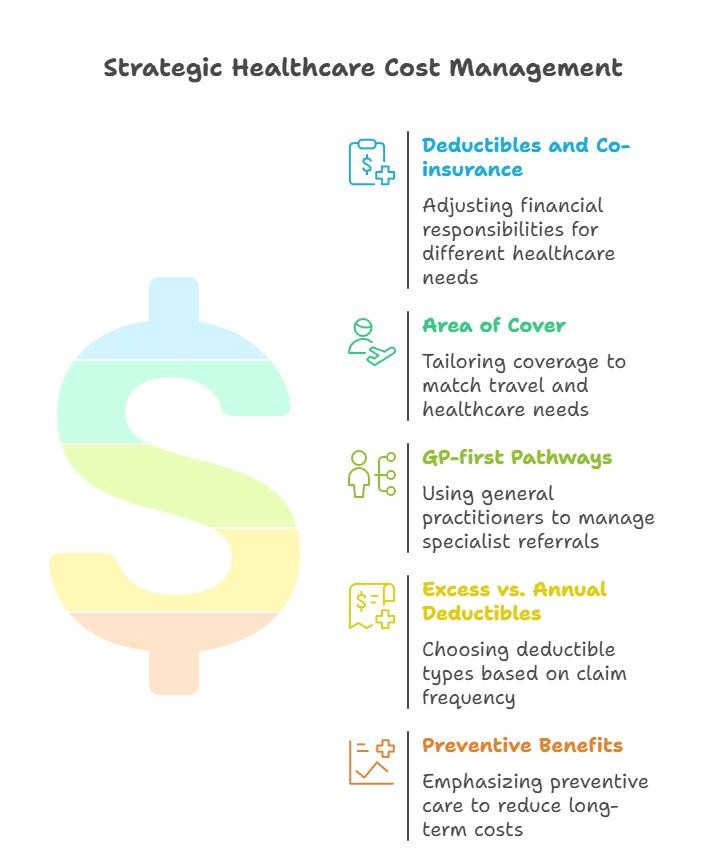USD Coin (USDC) is one of the feelgoods of the cryptocurrency industry, where a stable asset can be the survival of life in a sea of volatility. USDC has a perfect $1 peg on September 27, 2025, and trades at $0.9997 with an astronomical market cap of $71.62 billion and 24-hour trading volumes of $23.97 billion.
This straddling performance reaches its climax with Bitcoin converging around 115,000 and Ethereum layer-2 breakthroughs taking DeFi to the next level, but regulatory tidal waves are on the verge of recasting the stablecoin environment. Being the second-largest stablecoin by market capitalisation, the fully collateralised system of USDC with cash and short-term United States Treasury bonds makes the latter the compliant option in the world, where regulators struggle to regulate it.
Origins and Trust Building
USDC was launched in September 2018 by the Centre consortium of both Circle and Coinbase, and is designed to facilitate seamless conversion of value in the same way as email or SMS. Its openness, its monthly reports by large accounting firms confirming the reserves, have built trust in it with both institutions and retail users.
The current story is not just about price stability, but rather about the strategic rise of USDC in the face of the European Union, which seems to be soon cracking down on non-compliant competitors, which could fill the market with capital and emphasise the importance of USDC as the crossroad between dollars and crypto exchanges.
The USDT Ban by EU: USDC is Winning Over Europe
The crypto regulator space is becoming hotter, with the Markets in Crypto-Assets (MiCA) framework of the EU imposing a ban on the Tether (USDT) trading pairs in place by December 30, 2024, which will be felt in the early months of 2025.
Failure to comply with MiCA with its strict reserve and transparency requirements has exposed USDT to risks, and exchanges in Europe have delisted pairs and switched to more regulated solutions. USDC, which has actively pursued MiCA standards since Q1 2025, is the leader and aims to earn displaced liquidity of between 20 and 30 billion in European volumes alone.
This movement already reflects on on-chain indicators. The volume of the USDC on Ethereum and Solana has increased 15 per cent since the announcement of the ban, and inflows through European wallets have surged to $1.2 billion in the last week. Significant exchanges, such as Deloitte, which handles USDC/USDT pairs with 3.57 billion volumes on a daily basis, are moving at a faster pace with integrations, including MiCA-compliant custody offerings.
This is further extended by Circle, which has recently expanded to 28 blockchain networks, including Algorand, Aptos, Arbitrum, and the growing HyperEVM, which enables cross-chain transfers at fractions of a cent. With USDT leaving, as one analyst noted in recent market commentary, the departure of USDT is the entry ticket to the $500 billion crypto market in Europe, which turns regulatory risk into a dominance opportunity for USDC.
To add to this, the Q2 2025 earnings of Circle showed that in USDC, the volume of on-chain transactions increased by 28 per cent year-on-year and exceeded 10 trillion in lifetime. The institutional adoption is picking up, with neobanks such as Plasma One introducing USDC-backed high-yield savings accounts at 4-5% with physical debit cards to spend on and use in the real world. These inventions fill the gap between the high returns in DeFi and the usability of TradFi with conservative investors who hesitate to buy unpegged assets.
Yield and Utility: The DeFi Engine has Revved Up in USDC
The use of USDC goes much deeper than hedging; it is the blood of DeFi protocols across the globe. USDC has collateral on lending platforms such as Aave and Compound, and the average APY paid to suppliers ranges between 3% and 6%. Native support on Base and Optimism rollups has reduced the fees to less than $0.001, and the number of daily active addresses has increased by 22 per cent to 2.5 million.
The integrations with USDH stablecoin launched by Hyperliquid and USDC, which have earned the latter $2 million in its first volume, reflect its ability to integrate with existing systems, with the next endeavour of World Liberty Financial featuring a debit card and retail application will entrench USDC into consumer transactions with a superior level of compliance to Tether.
USDC is still superpowerful in transparency. The support provided by BlackRock in the form of daily reports on the Circle Reserve Fund (USDXX), an SEC-registered money market fund that holds the majority of reserves, is a 1:1 guarantee, preventing any fears of depegging, which affected competitors in 2022.
This financial restraint has seen the sovereign wealth hunt, and there have been rumours of UAE funds investing 5 per cent of their portfolios in USDC to earn yield arbitrage. Power of trading: The 2% of total crypto market capital held by USDC is compared to its 24-hour trading volume of 20.95 billion, which is more than several of the top-10 alternative currencies; this is an indication of strong liquidity.
Governance evolves, too. The Circle open consortium model is open to a wider range of participation, and pilots with RWA tokenisation on the USDC settlement layer are pending. This has the potential to open up trillions of tokenised assets, including Treasuries, to real estate by 2026.
Technical Stability: Peg Precision of a Stormy Sea
The price graph of USDC testifies to the manufactured balance. The token has a small deviation at 0.9997 on September 27, and the 24-hour variability is restricted to 0.02. The 200-day moving average is positive because, as of late 2024, the volume-weighted averages of 414 exchanges have spreads of less than 0.01%. Unlike the wobbles that USDT had a few times, USDC has arbitrage bots that provide quick corrections as it is supported by 30-day volumes amounting to $666.61 billion.
In the short term, there should be few micro-adjustments to the announcements by the Federal Reserve; however, the integrity of the peg, attested by Deloitte, makes it impervious to systemic shocks. In comparison to the overcollateralized volatility of Dai or the synthetic yields offered by Ethena, fiat fidelity is a draw to risk-averse traders, with 113% of the volume increase of yesterday being fiat.
Investor Haven: Competitive Advantage through Compliance
It is not just a safe harbour to investors, but a strategic asset in diversified portfolios. The 15-25% allocation to the USDC helps to cushion against the drawdowns in an 8.60% weekly decline in Bitcoin, and its MiCA orientation against regulatory whiplash. Future cost forecasts in 2025 confirm stability: at the floor of 0.9996, at the ceiling of 0.9997, according to CoinGape forecasts. In 2030, the forecasts are in agreement as DeFi matures. The whale activity, such as the recent 2.82 million FTM swap of $2.19 million USDC on Binance, is a pointer to accumulation on yield plays.
Social buzz enhances optimism, and forums sing the praises of USDC as the MiCA winner despite the news of the USDT ban. In an age of yield-starved times, in an era of yield, USDC, at 4 per cent with its neobank, outperforms bank CDs, with its combination of security and scalability.
Risks? New chain tweaks or macroeconomic squeezes of Treasuries may trigger short-term depegs, but the 1 billion reserve buffer of Circle—10% QoQ increase—strengthens fortifications. The 7th CMC ranking of USDC is a broader number that reflects its influence over the ecosystem, as it drives 70 per cent of the stablecoin DeFi TVL.
2025 Blueprint of the Horizons of Hegemony in the USDC
Projections gleam bullish. By Q4 2025, the USDC supply may expand to $80 billion on the migration of EU to the US, and the averages at $1 peg still prevail in 2026. In the long term, 2030 projections will consider ranges of 0.9996–1.0004, depending on the international uptake. Plasma neobank launch and Tether succession drama are some of the catalysts that may relinquish 10 per cent market share.
Essentially, USDC reinvents stablecoins as compliant conduits as opposed to parking lots. By September 27, when volumes had soared to over $23.97 billion, USDC is not merely surviving regulation; it is flourishing on it, creating an all-inclusive internet of value that eliminates economic borders. This dollar digital twin takes the stage in the big theatre of crypto and demonstrates that stability is the future disruption.













 Bitcoin
Bitcoin  Ethereum
Ethereum  Tether
Tether  XRP
XRP  USDC
USDC  Lido Staked Ether
Lido Staked Ether  TRON
TRON  Cardano
Cardano  Avalanche
Avalanche  Toncoin
Toncoin  Solana
Solana